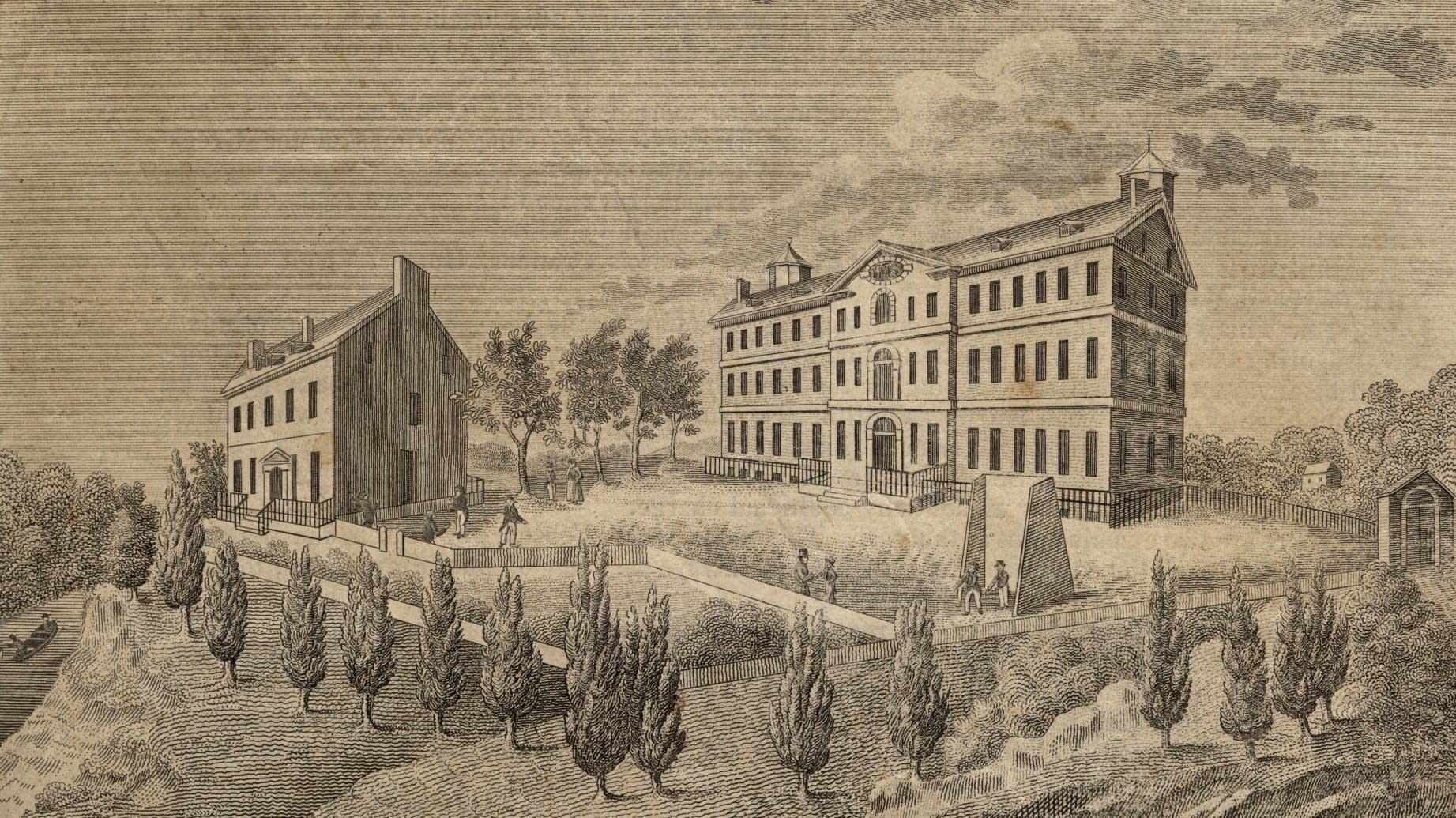
America, like most other countries, has parts of their history they take pride in and others that they would rather conceal. Yet these mistakes made in history should never be overlooked, as they can provide guidance for the future. Recently, it was publicly announced that dozens of elite American colleges have ties to the slave trade. In particular, the slave trade helped fund very prestigious schools like Yale, Columbia, Harvard, and Princeton. Though the slave trade was vastly integrated into American society over a century ago, numerous establishments that still exist today have apologized and acknowledged their past. Still, the majority of these elite colleges were, and still are, hesitant to confront their history.
Brown and Harvard, for example, profited from sending slave ships to Africa and using slave labor to mill cotton plantations in the South. Similarly, Georgetown University could offer free tuition to its first students because of the unpaid slave labor on their campus that was used to cook and clean. Yale even owned a slave plantation that was used to fund its graduate programs.
| Former Harvard Law School Logo |
Though progress has begun to be made, many people still believe that the reparations paid aren’t enough, while some people believe that universities should simply just confront and acknowledge their pasts. Regardless, there are still establishments today that unfortunately refuse to do either of these.
https://www.apmreports.org/story/2017/09/04/shackled-legacy
https://www.washingtonpost.com/opinions/2019/11/18/how-can-elite-colleges-atone-their-history-with-slavery-invest-historically-black-schools/
https://www.nytimes.com/2016/04/17/us/georgetown-university-search-for-slave-descendants.html
https://www.latimes.com/world-nation/story/2019-12-14/reparations-mark-new-front-for-u-s-colleges-tied-to-slavery
As we move closer to graduating from high school and potentially heading to college, it's good to keep in mind the history of the colleges we may be looking at. It's interesting to see how some of these universities decided to embrace their past instead of ignoring or denying it, especially Georgetown and its decision to pay for the tuition of the 272 slave descendants. I'm curious to know whether there are other instances, apart from universities, where people try to make up for the abusive actions towards slaves.
ReplyDeleteI really like how you tied a dark aspect of America's past into its effects on today's society. Upon further research about universities addressing their pasts with slavery, I found that Princeton University is now beginning to do so with the Princeton and Slavery Project. It's an online database of the university's past ties with slavery, initially created for an undergraduate research project. The database includes information of the university's past with slavery. For example, the first nine presidents of the university were slaveowners and slaves lived at the President's house until 1822. The project is helping the university to acknowledge its past actions and move forward.
ReplyDeletehttps://www.nbcnews.com/news/nbcblk/liberty-slavery-are-intertwined-how-universities-are-addressing-undesirable-pasts-n822771